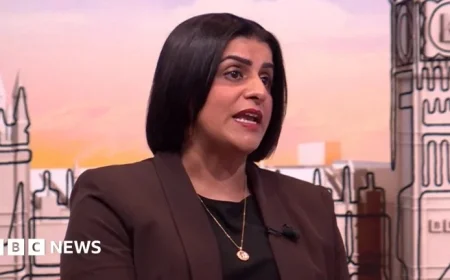Daylight Saving Time: State Decisions on Clock Changes

The end of Daylight Saving Time is approaching, affecting millions in the U.S. On November 2, at 2 a.m. local time, clocks will shift back one hour as Standard Time resumes. This transition means earlier sunrises and sunsets for most Americans. However, states that don’t observe Daylight Saving Time will see no changes.
State Positions on Daylight Saving Time Changes
Currently, Hawaii and most of Arizona do not participate in Daylight Saving Time. They maintain Standard Time year-round. Additionally, U.S. territories like American Samoa, Guam, the Northern Mariana Islands, Puerto Rico, and the U.S. Virgin Islands also do not observe this time change.
States Seeking Permanent Daylight Saving Time
Several states are actively pursuing the option to keep Daylight Saving Time year-round. This would mean advancing the clocks by one hour throughout the year. A bipartisan bill known as the Sunshine Protection Act was introduced in Congress multiple times but remains stalled.
- States with legislation for permanent Daylight Saving Time include:
- Alabama
- Colorado
- Delaware
- Florida
- Georgia
- Louisiana
- Mississippi
- Oklahoma
- Oregon
Despite these efforts, federal approval is needed for these laws to take effect. Therefore, no state currently observes Daylight Saving Time year-round.
Political Perspectives on Daylight Saving Time
Former President Donald Trump has shown interest in this issue. In 2019, he expressed his support for making Daylight Saving Time permanent via social media. However, he later proposed eliminating the practice altogether, calling it “inconvenient” and “costly” to the nation.
Trump described Daylight Saving Time as a “50-50 issue,” indicating that public opinion is divided. A thorough understanding of these perspectives may influence future legislation.
As November approaches, Americans must prepare for the clock change, while discussions on the future of Daylight Saving Time continue across the nation.
































